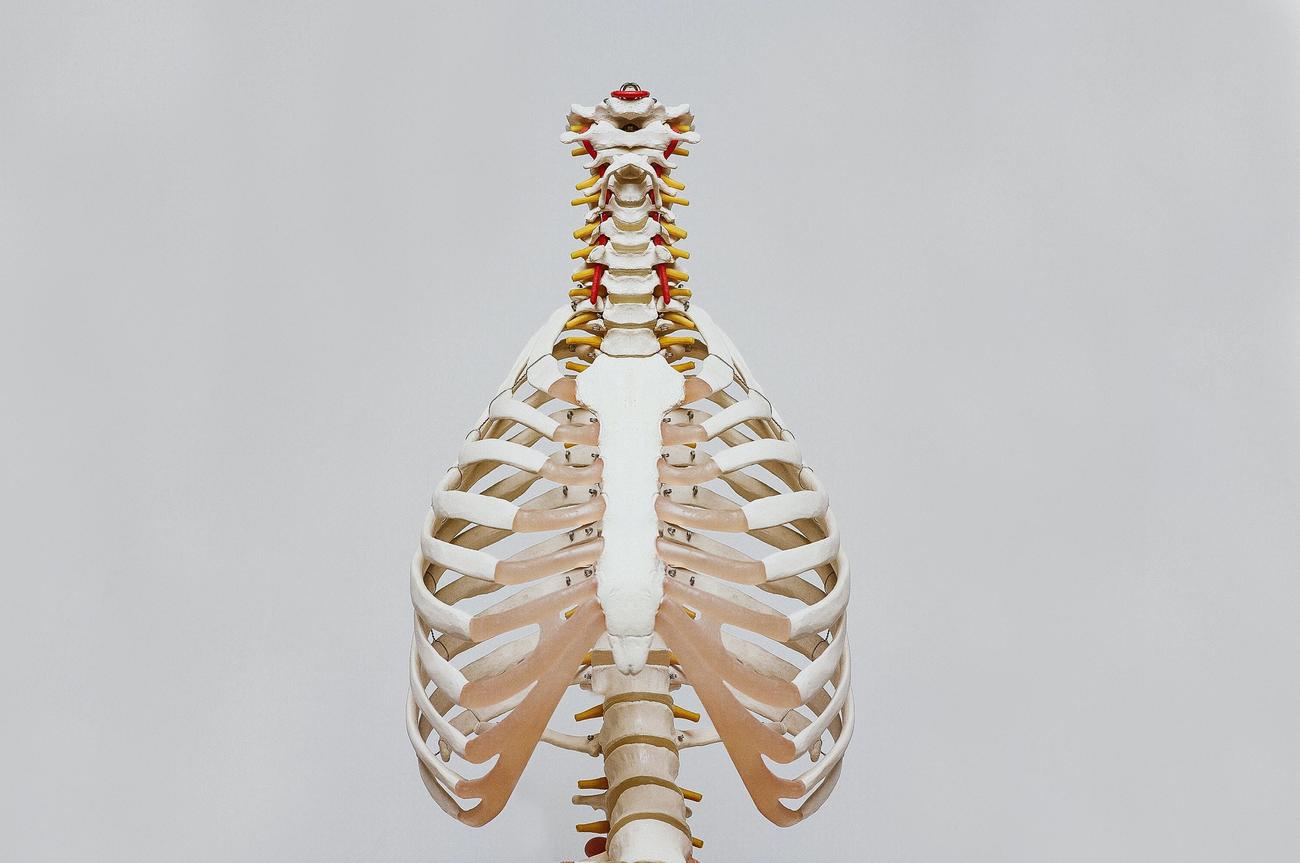Welcome to an exploration of the fascinating world of lumbar spine facts! In this article, we will delve into the intricate mysteries of the human body’s lumbar spine, unraveling its secrets with the expertise of an accomplished orthopedic surgeon. With over a decade of experience in diagnosing and treating spinal disorders, coupled with a passion for evidence-based research, we are here to offer you an engaging and informative journey through the captivating realm of the lumbar spine. So, let’s dive right in and discover the captivating facts that lie within!

Captivating Lumbar Spine Facts
The lumbar spine, also known as the lower back, is a remarkable component of our skeletal system. It plays a crucial role in providing support, protecting the spinal cord, and allowing for a wide range of body motions. As an accomplished orthopedic surgeon with a deep understanding of the biomechanics and anatomical structure of the lumbar spine, I am thrilled to unravel some captivating facts about this fascinating area of the human body.
Fact 1: The Largest Vertebrae in the Spine
The lumbar vertebrae, specifically the ones labeled as L1 to L5, are the largest vertebrae in the entire spine. These sturdy vertebrae sit in the lower back region, between the ribcage and the pelvis, providing crucial support for the weight of our body. Despite their size, they remain remarkably flexible, allowing us to move freely and engage in various activities.
“The lumbar spine, with its large vertebrae, forms a robust foundation that enables us to perform daily tasks with ease and grace.”
Fact 2: Assisting the Upper Body and Absorbing Axial Forces
Apart from providing support, the lumbar spine also plays a vital role in assisting the upper body and absorbing axial forces. These forces are delivered from the head, neck, and trunk, and the lumbar region is responsible for effectively distributing and absorbing them. Without the lumbar spine, our upper body movements would be compromised, and the impact of these forces could have detrimental effects on our overall spinal health.
Fact 3: Structure, Support, and Protection
The spine, in its entirety, is undoubtedly one of the most important parts of our body. It serves as a structural framework, providing support and protection for the highly sensitive spinal cord. Think of it as a sturdy column that holds everything together, ensuring our body maintains its integrity. Without the spine, our daily activities and movements would be severely limited, if not impossible.
Fact 4: The Lumbar Region and its Extra Bone Anomalies
The term “lumbar region” refers to the lower part of the spine, encompassing the five vertebrae between the ribcage and the pelvis. Typically, these five vertebrae remain consistent in number for humans. However, in rare cases, an additional bone, known as the sixth lumbar vertebra, can be present. Although harmless, this extra bone sometimes appears due to a failure to fuse with another vertebra. Fortunately, spinal anomalies like this rarely cause back problems.
“The lumbar region, consisting of five vertebrae, is usually the norm, but sometimes nature throws in an extra bone, reminding us of the intricacies within our own bodies.”
Fact 5: Understanding the Anatomy and Function for Diagnosis and Treatment
To effectively diagnose and treat spinal conditions, it is vital to have a thorough understanding of the anatomy and function of the spine. By unraveling the fascinating complexities of the lumbar spine, orthopedic surgeons like myself gain invaluable insights that inform our practice. From identifying the source of pain to determining the most appropriate treatment options, this knowledge allows us to optimize patient outcomes.
“By delving into the depths of lumbar spine anatomy and function, orthopedic surgeons gain the power to unlock the mysteries behind spinal conditions, providing patients with the care they truly deserve.”
Now that we have explored these captivating lumbar spine facts, it is evident that this pivotal component of our skeletal system is highly intricate, yet undeniably fascinating. From supporting the weight of our bodies to protecting the spinal cord and assisting in body movements, the lumbar spine performs a multitude of essential functions. By gaining a deeper understanding of its intricacies, we can appreciate the immense complexity and wonder of the human body.
[Table: Lumbar Spine Facts]
| Fact | Description |
|---|---|
| Fact 1 | The lumbar vertebrae are the largest vertebrae in the spine. |
| Fact 2 | The lumbar spine aids in supporting the upper body and absorbing axial forces. |
| Fact 3 | The spine provides structure, support, and protection for the spinal cord. |
| Fact 4 | The lumbar region typically consists of five vertebrae, but an extra lumbar bone can sometimes be present. |
| Fact 5 | Understanding lumbar spine anatomy and function is crucial for diagnosing and treating spinal conditions. |
[Captivating Lumbar Spine Facts] are not simply trivial details but insights that shed light on the remarkable capabilities of our bodies. With over 120 muscles attached to the human spine and an intricate web of ligaments and joints, this flexible structure allows us to perform incredible feats. So, the next time you marvel at your body’s agility or seek treatment for a spinal condition, remember the captivating secrets hidden within your lumbar spine.
The lumbar spine is a fascinating part of our anatomy, with numerous fun facts waiting to be uncovered. Did you know that the lumbar spine comprises five vertebrae that play a crucial role in supporting our body weight? If you’re curious to learn more about the lumbar spine and its intriguing features, click here for some enlightening information about the lumbar spine. Hurry up and dive into the world of fun facts about the lumbar spine by clicking this link: Fun Facts About The Lumbar Spine. Get ready to be amazed!

FAQ
What makes the human spine flexible?
The human spine is very flexible because it has over 120 muscles attached to it, which allow for a wide range of body motions.
Can poor spinal posture affect bodily functions?
Yes, poor spinal posture while sitting on the toilet can lead to constipation, and slouching puts pressure on the bladder, which can lead to urinary issues.
How many ligaments, joints, and muscles does the average human spine have?
The average human spine has about 220 ligaments, 100 joints, and 120 muscles, contributing to its strength and support.
How many cervical vertebrae do humans and giraffes have?
Humans and giraffes both have seven cervical vertebrae in their necks, which is a unique similarity between the two species.
What is the function of the lumbar spine?
The lumbar spine, consisting of the five largest vertebrae in the spine (L1-L5), provides support for the weight of the body, protects the spinal cord, and facilitates various body movements.
















